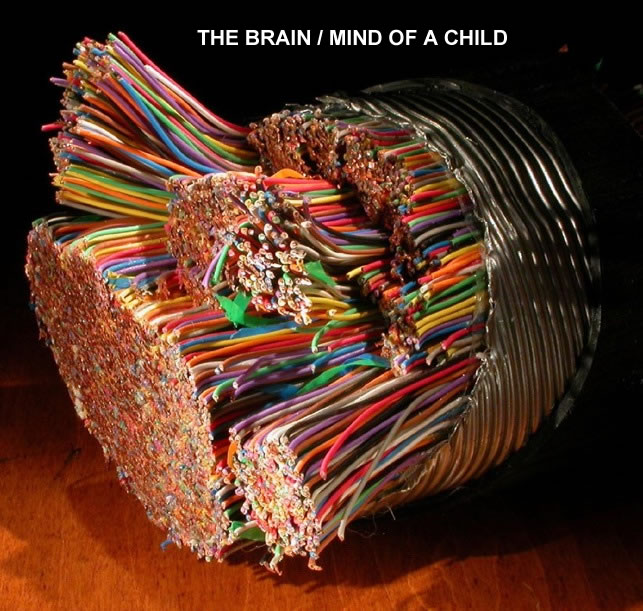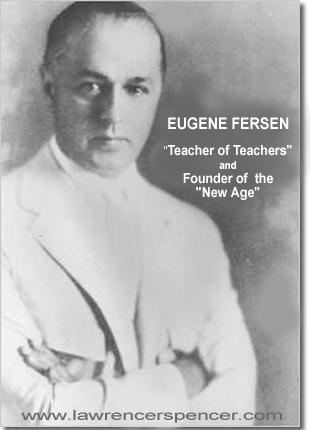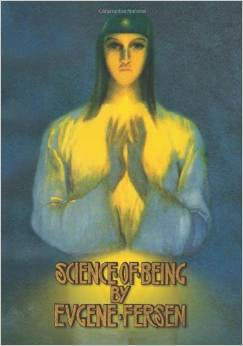Republished by Blog Post Promoter
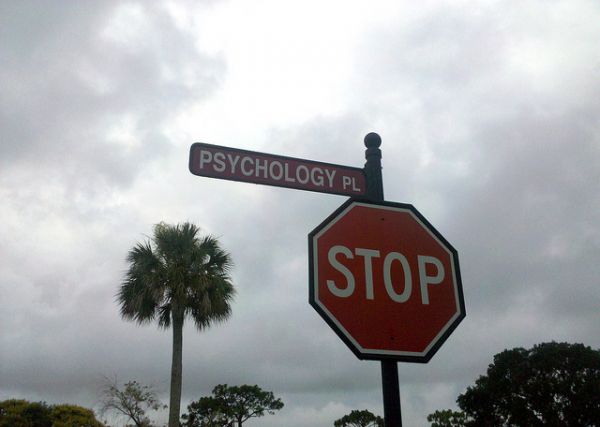
The word “psychology” means, literally: Psyche (The Spirit or Soul) + -ology (the study of). However, the so-called “science” of psychiatry is nothing whatsoever to do with Spirits or Souls. Instead it is a mind control operation funded primarily by governments, as developed, originally, by Nazi medical doctors working to exterminate the “undesirables” of human populations.
Here is a wonderful article about the current “thinking” and “innovation” of the “Priests of Modern Mental Science”. The Lords of Government Mind Control are working VERY hard to invent more new ways to confuse, befuddle and submerge our Immortal Spiritual Selves in a morass of mind-control double-speak, total bullshit, psychiatric chemicals and outright fantasy they pass off on the human population as “scientific fact”. These are the very beings that George Orwell warned us about in the book 1984. And, the very same “prison guards” described in the military transcripts published in the book Alien Interview.
These maniacs are behind every single school yard shooting massacre, every war, and every covert operation being run by every secret service activity on planet Earth. This report illustrates the mind-boggling nonsense of the “science of psychobabble”. Beware and avoid.
“What Are They Doing? My Visit to a Psychology Conference
(Reposted from Neatorama) Article by Alice Shirrell Kaswell, AIR Staff, Interpretive Illustrations by Marian Parry
“In April [1998], it was my privilege to attend the joint convention of the Western Psychological Association and the Rocky Mountain Psychological Association (WRMPA). The four-day event took place at the Albuquerque Convention Center, in Albuquerque, New Mexico. Wandering from room to room, I found many surprising and delightful things.
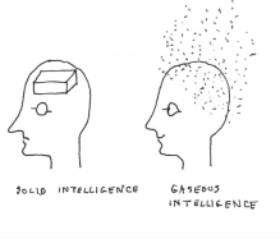 Terror
Terror
For me, the highlight of the convention was a lecture—a prestigious “invited presentation”—by Jeff Greenberg of the University of Arizona. The topic was “Managing the Terror of Being Human: Theory and Research”. The man knows his subject cold, as you can see from this description he wrote in the convention guidebook:
Biography
My terror began in the Bronx in 1954. It was amplified by my undergraduate experience at Penn and my graduate training at SMU and the University of Kansas. It has continued to grow over my 15 years at the University of Arizona.
Ignore the Face
I also enjoyed a lecture by Joseph J. Campos of the University of California at Berkeley. Campos raised the question, “Does the Face Really ‘Express’ Emotions?” His answer was a ringing No, “except under very special conditions.”
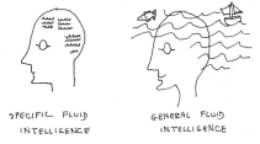 Fluid Meaning
Fluid Meaning
I accidentally touched off a minor incident the day after Georgia Tech professor Randy Engle gave a presentation on the topic “Working Memory Capacity, Controlled Attention and General Fluid Intelligence”. I asked nine experienced psychology professors to define the phrase “general fluid intelligence”. None of them could, although one did opine that “the lecturer probably knows what it means.”
Poster Sessions: Smells, Oils, a Princess, and Hair
Although there were many stimulating lectures, the most exciting action was in the poster sessions. In case you’ve never been to a poster session, I should explain the general idea. Dozens of student teams, and the occasional professor, each hung up a poster describing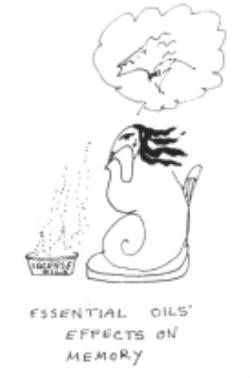 their recent projects. In each session, you can stroll the aisles and see anywhere from 20 to 50 or more posters.
their recent projects. In each session, you can stroll the aisles and see anywhere from 20 to 50 or more posters.
The first poster session, held on Thursday at 9:00 a.m., celebrated the general themes “Human Learning, Memory, and Cognition.” I was especially roused by three special posters: “Effects of Pleasant Ambient Odor on Memory Recall;” “Flash-bulb Memories for the Death of Princess Diana;” and “Essential Oils’ Effects on Memory.”
An 11:00 a.m. poster session concerned “Applied Psychology.” One poster discoursed on “The Effects of Odor and Stress on Mood.” Another, more abstruse, was entitled “Perceived Age of Teenage Females: Effect of Complexion, Makeup, Hairstyle, and Apparel.” I found it provocative.
A 1:00 p.m. poster session delved into “Social Issues”, and featured a gem of a poster called “The Influence of Male Facial Hair on Perceptions of Age.” It, too, must be described as provocative.
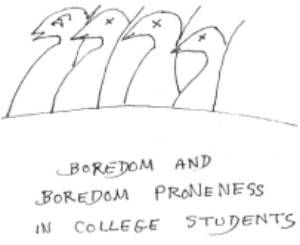 Boredom
Boredom
The convention was a multi-ring circus, with more simultaneous wonders than any one person could take in. Also at 1:00, but down the hall from the poster session, Mary B. Harris and Keith Zvoch of the University of New Mexico presented their paper on “Boredom and Boredom Proneness in College Students.” Some members of the audience found it stimulating.
More Smells, Parking, and Arousal
Friday morning was lovely in Albuquerque, with pink and blue skies, comfy temperatures, and psychologists in every nook and cranny. The 10:00 poster session was all about “Brain Function and Sensory Process.” There was an impressively worded poster entitled “Anterior EEG Asymmetry and Odor Hedonics: Gender Effects”. Not far away, an anxious crowd perused a poster called “Human Foraging Strategies: Outcomes for Campus Parking.” A knot of students pored intently over a poster called “Arousal, Sleep, and Time Perspective in University Students.” Sadly, only a few of them even glanced at the poster with the most intriguing title: “Can a Rat Who Has Never Known Water Know Thirst?”
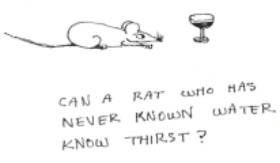 Smiles Different Similarities, Photos
Smiles Different Similarities, Photos
A noontime poster session on “Social-Personality Psychology” contained two special treats: “How Smiling and Pupil Dilation Affect Perceived Personality” and “Stereotype Reduction Through Similarity Differences.”
The noon hour also featured another prestigious “invited presentation” in the main ballroom. Roger S. Ulrich of Texas A&M University described his research on patients in surgical recovery rooms. As the patients emerge from their anesthetic haze, Ulrich shows them big color photographs of the great outdoors. If I understood him correctly, Ulrich said that this “improves health outcomes,” and that therefore his is actively marketing his services to hospitals and clinics.
At 1:20 in the same ballroom, the editor of the Annals of Improbable Research delivered another of the convention’s “invited presentations.” The topic was “Improbable Research and the Ig Nobel Prizes.” Curiously this was the only session in four days in which I saw people laughing. It began at 1:20 rather than 1:00 on the dot because the previous lecturer, Roger S. Ulrich, wouldn’t stop talking about how hospitals should buy his nature photos.
Punching, Dolls, and Car Characters
The Friday 1:00 poster session treated us to research on the following topics: “Boxer and Spectators: Perceptions and Characteristics of Pugilism”; “Body Satisfaction in Relation to Media Exposure, Self-Monitoring, and Barbie Doll Ownership”; “Effects of Descriptive Norms and Self-Awareness on Littering”; and my favorite of the day, “Car Color: An Indicator of Driver Personality.”
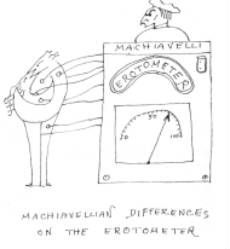 Sex, Sex, Paranoia, Hostility, and Sex
Sex, Sex, Paranoia, Hostility, and Sex
The Saturday early morning poster session delved further into the theme of “Social-Personality Psychology”. I saw a variety of interesting posters: “Situational Capture of Cardiovascular Arousal During an Erotic Episode”; “Machiavellian Differences on the Erotometer”; “Paranoia: Differences in Social Desirability”; and “Hostile Automatic Thoughts: A Validity Study.” Oh—and I shouldn’t forget to mention a crowd favorite: “Hair Stylists; Therapeutic Characteristics and Their Clients’ Levels of Self-Disclosure.” All in all, this session was a most interesting way to begin a Saturday.
And the 10:00 session was, if anything, even better. Its overall topic, “Stress and Coping”, was highlighted by two posters. The first, entitled “Sleep Quality and Anxiety Affect Distress Scores Measured During Finals”, was of special interest to students. The other, “Health Effects of the Interruption of an Emotional Writing Paradigm”, was of special interest to anyone who wanted to know what an Emotional Writing Paradigm is.
The noontime poster session dealt with “Education Psychology.” Three posters stood out from the bunch: “Introductory Psychology Activities Using Van Gogh as a Case Study”; “Predictors of Academic Procrastination in College Students”; and the dryly written yet riveting “Ethical Issues Involving Graduate Teaching Assistants.” A senior professor of my acquaintance saw me contemplating the “Ethical Issues” poster, and stage whispered “They should have called it ‘Can We Sleep Together?'”
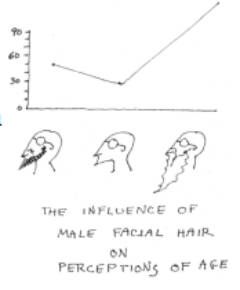 Simulating Boredom
Simulating Boredom
Saturday afternoon, Carl. N. Perlotto, M. Lyn Hoefer, and N. Clayton Silver of the University of Nevada at Las Vegas presented their paper “The Ludic Love Style: Difference in Sexual Boredom”. My courage failed me, so I did not attend their session.
I did manage to drop in, later, on the final poster session of the day, and so was able to learn about “Age-Related Differences in the Attentional Blink.”
Odor Ordinance, Ungrateful Dread, and Exeunt
Sunday, the final day of the convention, was a whirl of brunches and business card swapping. I caught Cheryl L. Asmus and Paul Bell’s 9:00 a.m. talk on “Post-Implementation of an Odor Ordinance,” and then zipped through the convention’s final poster session. It was there that I encountered the inspirational “Depressed Individuals Show No Gratitude.”
At that point I had to rush off to the hotel, grab my bags, and cab it to the airport, tired, laden with notes and trinkets, but grateful for the chance to have seen so many remarkable “psychological wonders”.
_____________________
This article is republished with permission from the September-October 1998 issue of the Annals of Improbable Research. You can purchase back issues of the magazine or subscribe to receive future issues, in printed or in ebook form. Or get a subscription for someone as a gift! Visit their website for more research that makes people LAUGH and then THINK.



